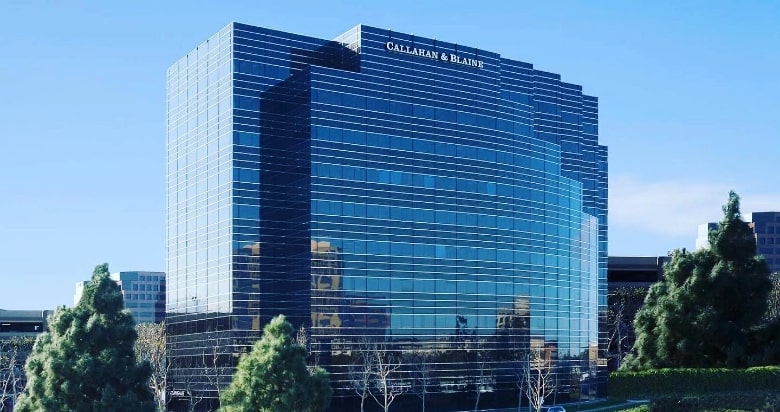Traffic accidents have many causes, such as bad signage, speeding, texting while driving, driving under the influence, and more. However, it is essential for all drivers to remember that poor weather can cause crashes, too. In parts of Orange County and across California, some people may feel as if they are fortunate to avoid certain weather issues that are more prevalent in other areas, such as heavy snowfall and icy roads. However, there are numerous weather-related threats that can cause a crash during the fall.
According to the Federal Highway Administration, there are different ways in which strong winds can cause a motor vehicle accident. For example, significant gusts of wind could cause roadways to become obstructed due to fallen trees and other types of debris, which could cause drivers to drive erratically in an attempt to avoid the debris. Moreover, wind can interfere with a driver’s ability to see the road by whipping up dust, for example.
During the fall, rain is another serious concern. In fact, a majority of the auto accidents that were related to weather between 2005 and 2014 took place on roads that were wet while it was raining. Fog is yet another potentially dangerous weather-related factor. Freezing temperatures can also create hazardous conditions, especially on roadways covered with fallen leaves, making them slippery and increasing the risk of accidents.
Drivers can take steps to reduce the likelihood of a crash during inclement weather. Sadly, some act recklessly, such as reaching dangerous speeds, which can be even more hazardous when conditions are poor. Those who cause innocent victims to endure painful injuries must be held fully accountable for the suffering their actions cause.
Fall Weather Conditions
The fall season is a time of transition, with temperatures gradually dropping from the warmth of summer to the cooler days of winter. Average highs during this period range from 50°F to 70°F (10°C to 21°C), but the weather can be quite unpredictable. Sudden changes in temperature and unexpected precipitation are common, making it essential to stay weather wise.
One of the hallmarks of fall is the vibrant foliage, but those beautiful fallen leaves can create slippery road conditions and obscure vision, posing a hazard for drivers and pedestrians alike. Cooler temperatures and increased precipitation can also lead to fog, significantly reducing visibility and making driving more dangerous. To stay safe, it’s crucial to keep an eye on reliable weather forecasts and heed any warnings about adverse weather conditions.
Severe Weather Events
The fall season is not just about cooler temperatures and colorful leaves; it also brings the potential for severe weather events. Thunderstorms, tornadoes, and hurricanes can all occur during these months, bringing heavy rainfall, strong winds, and even hail. These severe weather conditions can cause significant damage to property and infrastructure.
Preparation is key to staying safe during these events. Have a plan in place that includes a safe location to seek shelter and a reliable means of communication. Stay informed about weather conditions through trusted sources like the National Weather Service, and sign up for emergency alerts. Additionally, ensure you have a disaster supply kit ready, stocked with non-perishable food, water, and a first aid kit to help you weather any storm.
Cold Weather Hazards
As the fall season progresses, temperatures can drop significantly, increasing the risk of cold-related illnesses and injuries. Hypothermia and frostbite are serious concerns, especially for vulnerable populations such as the elderly and young children. Dressing warmly and staying dry are essential precautions to take in cold weather. If you or someone else shows symptoms of hypothermia or frostbite, seek medical attention immediately.
Another hidden danger during cold weather is carbon monoxide poisoning. People often use generators or other fuel-powered equipment indoors to stay warm, which can lead to a buildup of this deadly gas. To protect yourself and your family, make sure to use carbon monoxide detectors and follow safety guidelines for any fuel-powered equipment.
Outdoor Hazards
The fall season brings its own set of outdoor hazards. Fallen leaves can create slippery conditions on roads and sidewalks, making driving and walking more dangerous. Additionally, wildlife such as deer are more active during the autumn months, increasing the risk of collisions.
When engaging in outdoor activities like hiking, it’s important to take necessary precautions.
Wear warm clothing, stay on designated trails, and be aware of your surroundings. Wildfire dangers are also a concern, especially in areas with dry vegetation. Always follow local burn bans and fire restrictions to help prevent wildfires.
Fire Safety and Indoor Hazards
As the weather cools, many people turn to fireplaces, heaters, and other fuel-powered equipment to stay warm. While these can provide much-needed heat, they also increase the risk of fire hazards. It’s crucial to follow safety guidelines for using these heat sources and to keep flammable materials away from them.
Smoke alarms and carbon monoxide detectors are essential for indoor safety. Test them regularly to ensure they are functioning properly. Keep emergency phone numbers, such as the fire department, readily available. Additionally, have a plan in place for power outages, including a backup power source and a means of communication, to ensure you can stay safe and warm during the cooler temperatures of the fall season.
Navigating Weather-Related Driving Hazards in Fall
At Callahan & Blaine, we’ve seen the devastating impact weather-related accidents can have on individuals and families. Poor conditions such as wet roads, fog, and strong winds are common culprits in fall crashes, but reckless driving during inclement weather compounds the risks. With 40 years of trial experience, we’ve successfully held negligent drivers accountable for the harm they cause.
If you’ve been injured in a weather-related crash caused by another driver’s negligence, you may be entitled to compensation. Contact us today at (714) 241-4444 or through our online form to discuss your case and how we can help protect your rights.

